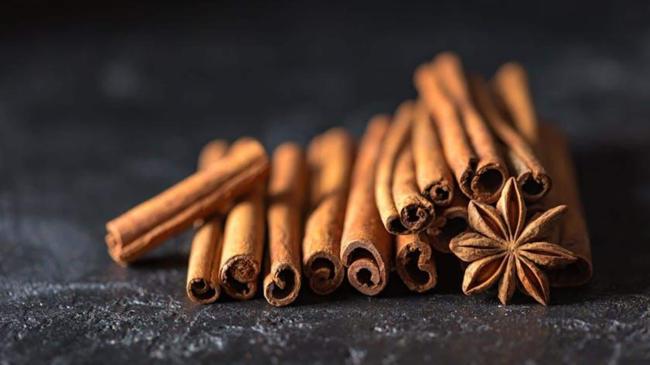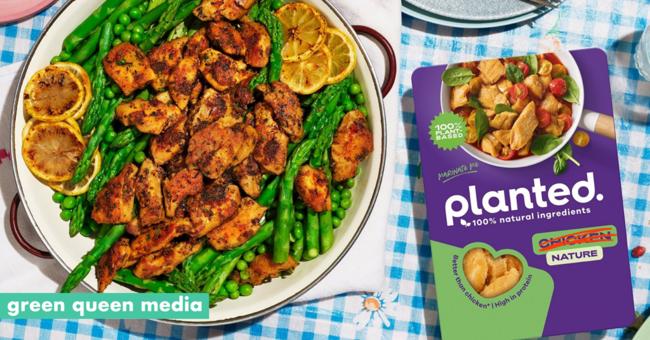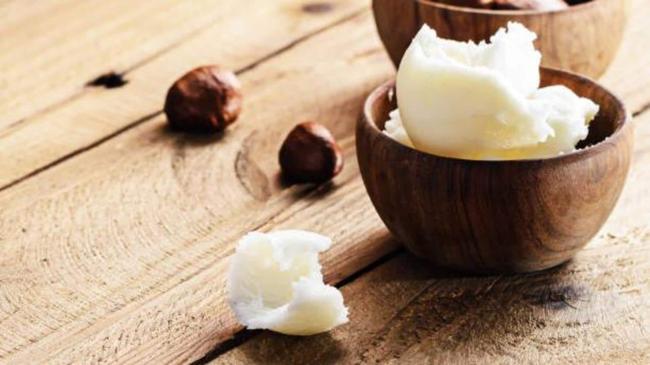Summary
Cinnamon is a spice derived from the inner bark of several tree species from the genus Cinnamomum, and is used in both sweet and savory foods
Source: NewsBytes

AI News Q&A (Free Content)
Q1: What are the primary types of cinnamon, and how do they differ in culinary use?
A1: Cinnamon, a spice from the inner bark of Cinnamomum trees, primarily comes in two types: Ceylon and Cassia. Ceylon cinnamon, known as 'true cinnamon,' is lighter, sweeter, and often preferred in sweet dishes and fine pastries due to its delicate flavor. Cassia, darker and spicier, is commonly used in savory dishes, baked goods, and beverages. Ceylon contains lower levels of coumarin, making it a healthier option compared to Cassia.
Q2: How is cinnamon used in different global cuisines?
A2: Cinnamon is highly versatile and used worldwide in a variety of dishes. In India, it's a key ingredient in curries, while the Middle East uses it in savory lamb and chicken dishes. In Mexico, it's paired with chocolate and yams, whereas in Western countries, it's prevalent in baked goods like cinnamon rolls and pies, as well as in drinks like spiced lattes and mulled wine.
Q3: What are some innovative ways to incorporate cinnamon into savory dishes?
A3: Cinnamon can enhance savory dishes in surprising ways. It can be used in spice rubs and marinades for meats such as chicken and pork, where it complements spices like paprika and cumin. It adds a warm, subtle flavor that enhances the overall taste, perfect for grilling, roasting, or pan-frying.
Q4: What health benefits are associated with the consumption of cinnamon?
A4: Cinnamon is known for its potential health benefits, including anti-inflammatory and antioxidant properties. It may help reduce blood sugar levels, improve insulin sensitivity, and lower cholesterol, promoting overall cardiovascular health. These benefits are attributed to its active compounds, particularly cinnamaldehyde.
Q5: What are the latest research findings on the culinary uses of cinnamon?
A5: Recent studies have explored cinnamon's role beyond flavoring, such as in gourmet plating and precise liquid dispensing in culinary arts. Research has demonstrated the potential for robots to use cinnamon in sauce plating, highlighting its application in innovative culinary technology.
Q6: How has cinnamon's historical significance influenced its modern culinary applications?
A6: Historically, cinnamon was a prized spice, used in ancient Egypt for embalming and as a luxury item in trade. Its historical significance as a symbol of wealth and its unique flavor profile have cemented its place in modern cuisine, where it's used in both traditional and innovative dishes.
Q7: What are some examples of cinnamon's use in festive or seasonal dishes?
A7: Cinnamon is a staple in seasonal and festive dishes, particularly in colder months. It's used in pumpkin pie, holiday eggnog, and festive cocktails for its warm, inviting aroma. Its ability to enhance flavors makes it a favorite in holiday baking, such as gingerbread, apple cider, and spiced cookies.
References:
- Cinnamon
- Cinnamon in Cooking
- Cinnamon's Culinary Uses
- Innovative Uses of Cinnamon
- Gourmet Cooking with Cinnamon
- Kitchen Artist: Precise Control of Liquid Dispensing for Gourmet Plating
- Health Benefits of Cinnamon




